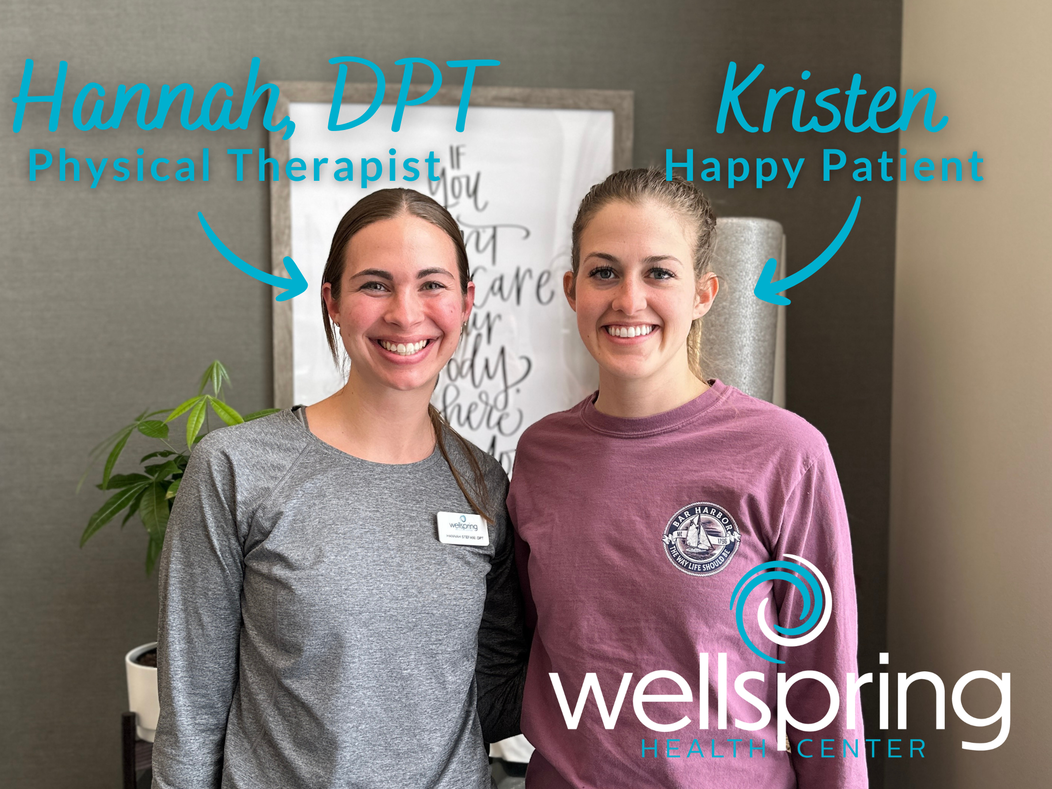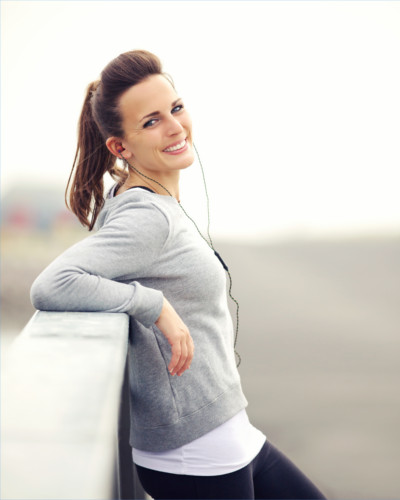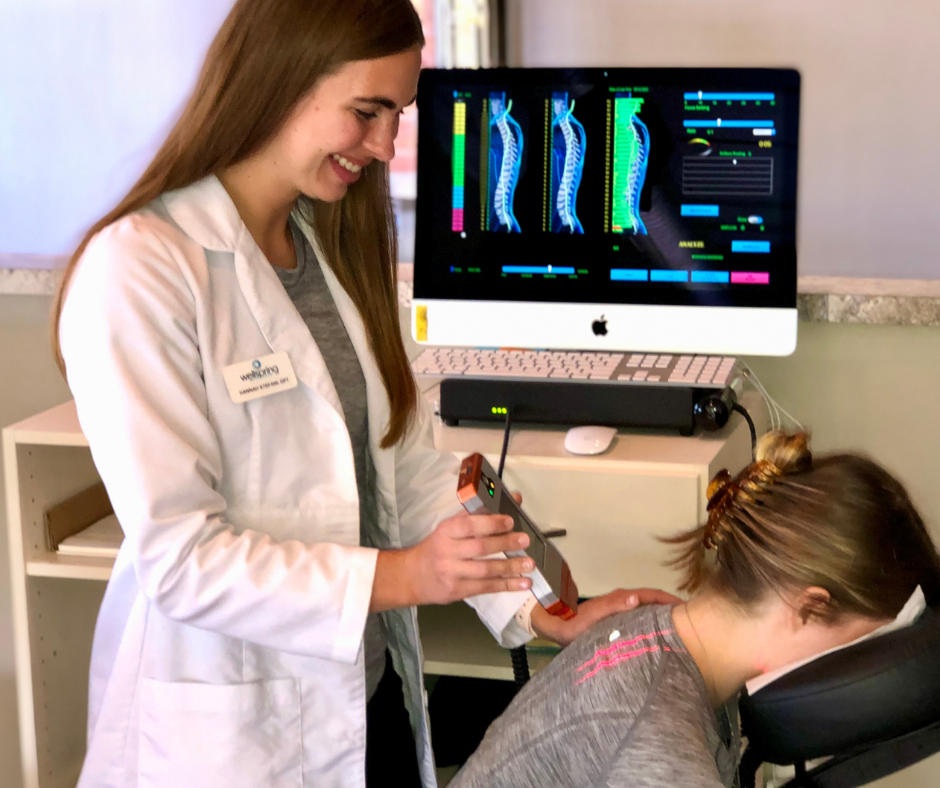Scoliosis & Kyphosis (Hunchback)
Scoliosis develops most commonly in late childhood and early teens during growth spurts. Symptoms include uneven shoulders and hips or leaning more to one side. Research into the cause of the most common type of scoliosis suggests a genetic factor controlling the growth of the spine. Other types of scoliosis can affect infants and adults. Scoliosis can also occur due to neuromuscular disorders, muscular dystrophy, or cerebral palsy.
What are the warning signs of scoliosis?
Scoliosis often appears as a misalignment of a person’s posture. Scoliosis may be a factor if one hip and/or shoulder seems higher than the other or if one shoulder blade appears more prominent.
In more advanced cases, back discomfort, a significant bend in the spine, or more noticeable ribs on one side may all be indicators of scoliosis. In most scoliosis cases, the spine will rotate or twist and curve side to side. This causes the ribs or muscles on one side of the body to stick out farther than those on the other.
What is kyphosis?
Where scoliosis is a sideways curve in the spine, kyphosis is a “C” shaped curve of the upper back, also known as hunchback. Hunchback is more common in adults. With a hunchback posture, your head is jutting forward, putting a lot of stress on the base of your neck. Hunchback can cause a lot of discomfort in the neck and upper back. For every inch your head protrudes forward from its’ normal alignment, an extra 10 pounds of force is placed on your neck! The causes of kyphosis or hunchback may include:
- Poor posture, slouching at the computer or desk, wearing heavy backpacks
- Uneven growth of the vertebrae causing a wedge (Scheuermann’s kyphosis)
- Low bone density (Osteoporosis) can cause compression fractures in the spine
- Spinal infections
- Neuromuscular conditions such as cerebral palsy
- Chronic diseases such as arthritis
What are the common treatments for scoliosis and kyphosis?
Physical therapy is effective for mild scoliosis in children, teens, and adults. With moderate to severe cases, scoliosis generally needs further intervention beyond physical therapy alone. In cases of moderate scoliosis, bracing is a frequent treatment method.
In patients with kyphosis or hunchback, the first step is to diagnose the underlying cause and, if indicated, manage and treat it with physical therapy. A referral to a specialist may be indicated for severe cases of kyphosis.
How does physical therapy help scoliosis and kyphosis?
Our physical therapists in Eden Prairie, MN, can assist in strengthening weak muscles and postural imbalances. We have advanced training in Pilates matwork therapy to strengthen and restore healthy posture. Additionally, our holistic physical therapy approach utilizes state-of-the-art technology and techniques that improve the range of motion and reduce stiffness and pain associated with scoliosis and kyphosis.
As an integrative clinic, our nurse practitioner can evaluate the spine and take digital x-rays to see the degree of curvature or other issues in patients with scoliosis or kyphosis.
Physical therapy especially benefits patients with poor posture, pain, or stiff muscles. It’s never too late to start physical therapy. Call or text us at (952) 933-1150 for a free consultation at Wellspring Health Center in Eden Prairie, MN. We strive to get our patients back to an active, pain-free lifestyle.




